To prime or not to prime
nosoccermom
12 years ago
Related Stories

SHOP HOUZZHouzz Products: It’s Prime Time for TV Dinners
Welcome the new television season with a chic viewing and dinner party for yourself or a few friends
Full Story
GARDENING GUIDESSouthern California Gardener's September Checklist
Before prime planting time, clean out the old garden, prepare for the new, and dream up ideas for fall flowers and veggies
Full Story0
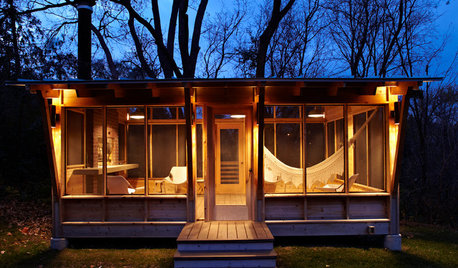
GARDENING AND LANDSCAPINGA Minnesota Pavilion Gets Cooking, South American Style
Taking over a former play structure's prime location, this three-season retreat brings grown-up grilling to a couple's backyard
Full Story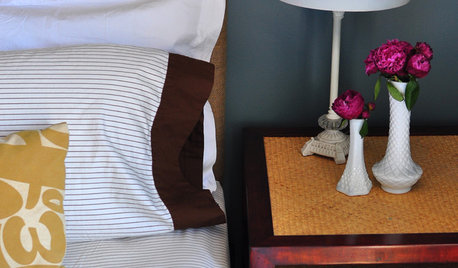
DECORATING GUIDESBeautiful Burlap?
The Low-Cost Fabric is Prime Fodder for a Weekend Project
Full Story
GARDENING FOR BUTTERFLIESGreat Design Plant: Noell's Grevillea
Late winter is prime showtime for this shrub's artful blooms, bringing color and cheer to coastal landscapes
Full Story
KIDS’ SPACESGuest Picks: Crafting With Kids
20 ideas for creating a kid-friendly craft area that's primed for play
Full Story
PRODUCT PICKSGuest Picks: Dramatic Arts for the Big Screen
Like a director's pet project, room screens are primed for designers to get creative and go grand. Here, 25 high-design dividers to inspire
Full Story
DECORATING GUIDESTaste a Rainbow: 11 Top Home Decorating Colors and How to Use Them
Prime yourself for spring painting season with our color-happy guide to working with popular shades around the home
Full Story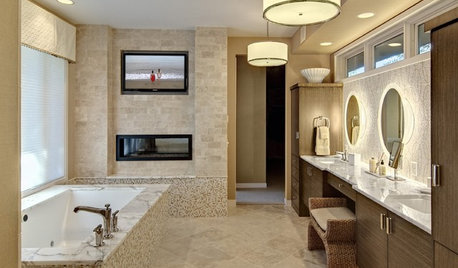
BATHROOM DESIGNSo You Want a Bathroom Television
Whether you want to wash with soap operas or primp with prime time, these guidelines for installing a TV in the bathroom can help
Full Story
GARDENING GUIDESSouthern California Gardener's October Checklist
Get planting happy this month — so many natives, bulbs, cool-season flowers and vegetable crops to choose from, so little time ...
Full StorySponsored
Your Industry Leading Flooring Refinishers & Installers in Columbus
More Discussions






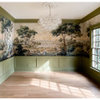


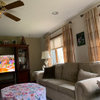

Christopher Nelson Wallcovering and Painting
nosoccermomOriginal Author
Related Professionals
Glendale Painters · Hartford Painters · Hayward Painters · Lakeland North Painters · Syracuse Painters · Tukwila Painters · Placerville Painters · Jefferson Valley-Yorktown Cabinets & Cabinetry · Radnor Cabinets & Cabinetry · Wheat Ridge Cabinets & Cabinetry · Land O' Lakes Flooring Contractors · Norwalk Flooring Contractors · Panama City Beach Flooring Contractors · San Bruno Flooring Contractors · Alum Rock Flooring ContractorsFaron79
paintguy22